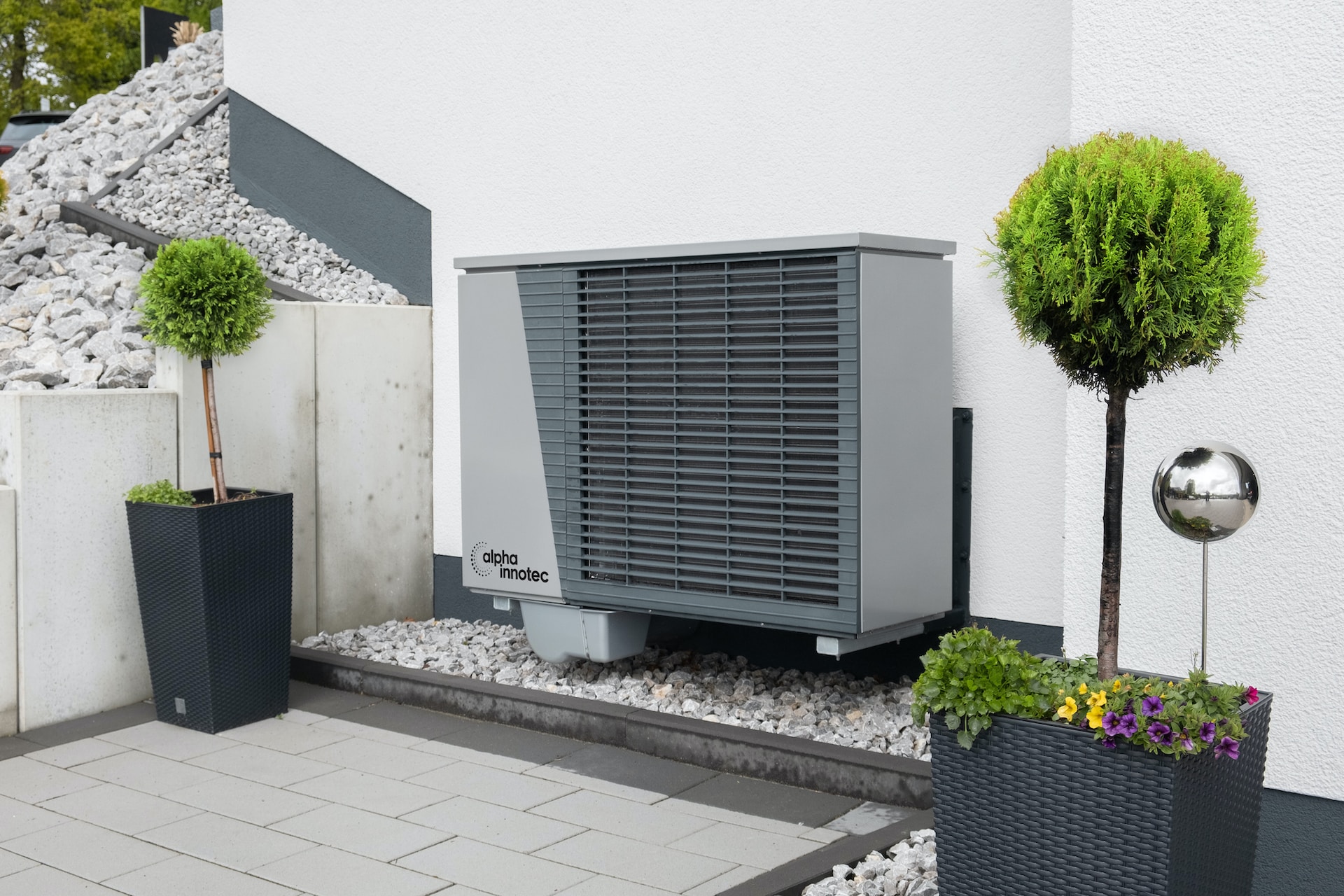Tips for Homeowners on HVAC Maintenance
While some HVAC maintenance tasks should be left to professionals, there are specific duties that you can take care of on your own. Some important ones include changing your filter and clearing clogs.
Always be careful when working on an HVAC system. It is because they use electricity and contain gases and refrigerants, which could pose a severe hazard if not handled properly.
Contents
Change the Air Filter
Changing your filter is the easiest and cheapest way to improve home HVAC system performance. Dirty filters restrict airflow and force the system to work harder to warm or cool the house.
When changing the filter is time, first turn off your system. Then, remove the old filter, taking note of its dimensions. Many manufacturers include the filter size on the frame or the label.
When you put the new filter in, look for arrows on the filter that indicate the airflow direction. If the arrows point away from the blower, it’s a return vent; if they point to the blower, it’s a supply vent. Make sure the arrows are facing the same direction as the old filter. It ensures proper installation.
Inspect the Condenser Coil
The condenser coil is a large metal outdoor unit that pushes heat from the building to the outdoors through aluminum fins and copper tubing. When it’s dirty, the cooling system can’t function properly.
The unit’s exterior should be clear of leaves, twigs, and debris. It should also be covered when the air conditioning season ends to prevent ice and leaves from damaging it.
You can clean the coil by removing the fan cage and spraying it with a specialty cleaning product for HVAC systems (available at most hardware stores and AC shops). Then, you can rinse the coil with a garden hose to a lower, gentler setting. If the fins are bent, you can straighten them with a “fin comb.” Then, replace the fan cage.
Inspect the Evaporator Core
If your evaporator coil becomes damaged, your system won’t be able to remove heat from the air, so your home will struggle to cool. An HVAC Delaware specialist can inspect and replace the evaporator coil if necessary.
Technicians often recommend that homeowners regularly clean their evaporator, condenser, and fan cages. It is a good idea, as cleaning these components will keep them from collecting dirt that could cause damage.
To perform this task, you’ll need a bottle of coil cleaner sold at most hardware stores, A/C supply houses, home improvement centers, and a garden hose and sprayer nozzle. Turn off the power to your air conditioning unit at the breaker box before beginning.
Examine the Heat Exchanger
A gas furnace’s heat exchanger is its central component. Since most of the HVAC system’s components rely on it to function, it is susceptible to mild to severe damage. If the heat exchanger cracks, it can cause dangerous carbon monoxide (CO) poisoning or a house fire.
During an inspection, an HVAC tech will shine a bright light into the exchanger chamber and look for cracks or signs of separation. He may also inspect the blower wheel and check for dust accumulation or rust on its surface.
If a carbon monoxide detector goes off, evacuate the home immediately and call the fire department. A cracked exchanger is likely to blame, which could be deadly. That is why an annual tune-up is so important.
Inspect the Thermostat
Regular examinations of your home HVAC system can help you avoid costly repairs in the future. Even if your system operates normally, you should inspect it periodically for signs of problems or failure.
A thermostat that fails to turn on or makes clicking noises can indicate a problem. Often, it’s due to weak batteries or a thermostat malfunction.
First, check the circuit breaker controlling the thermostat and HVAC system to ensure it has yet to be tripped. If it has, reset the breaker and test the thermostat again. Alternatively, remove the cover and use a multimeter to examine the wiring. Ensure the meter’s probe touches the R or G terminal, not another wire. Then reconnect the terminals, making sure each one is tight.

